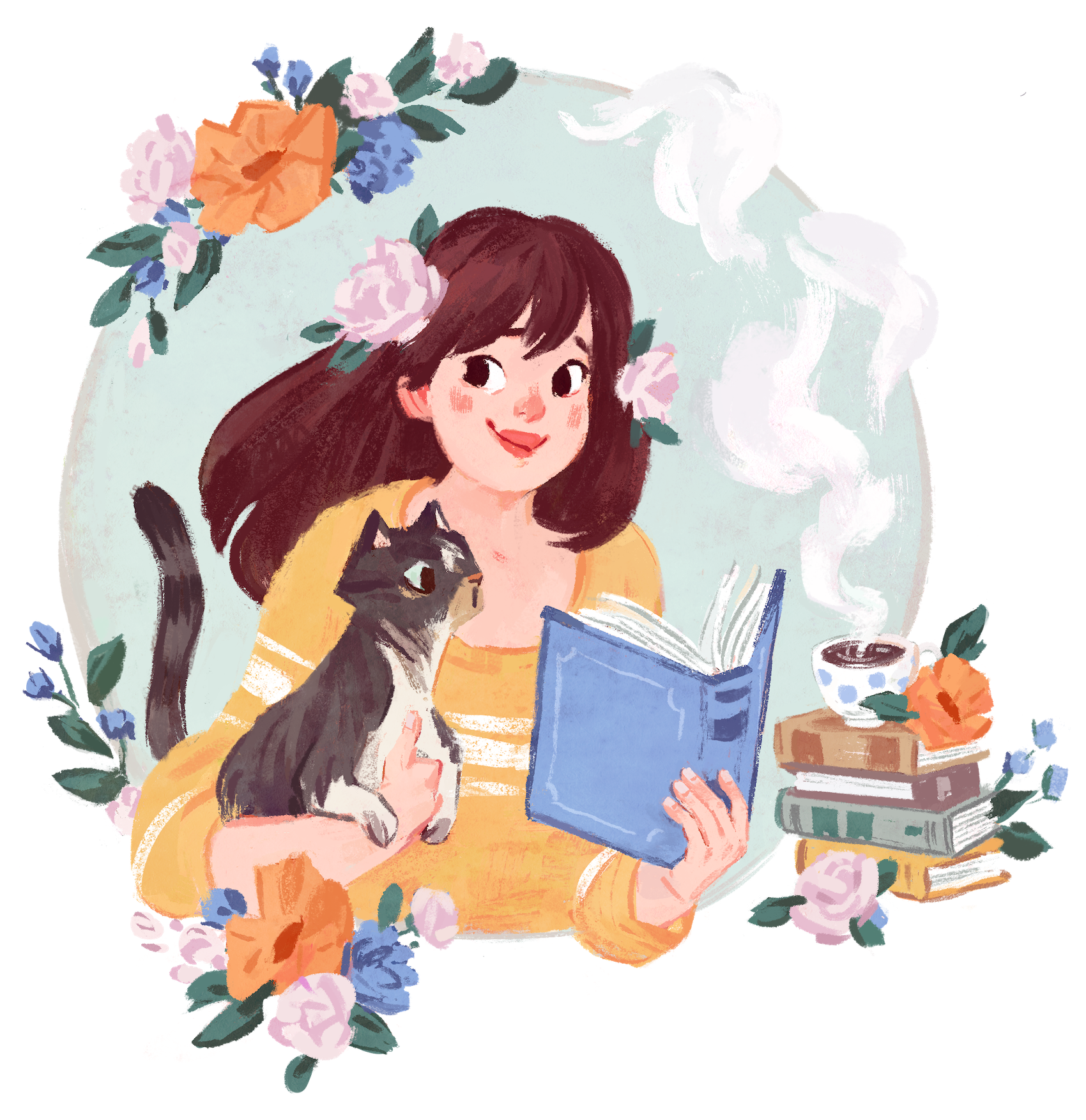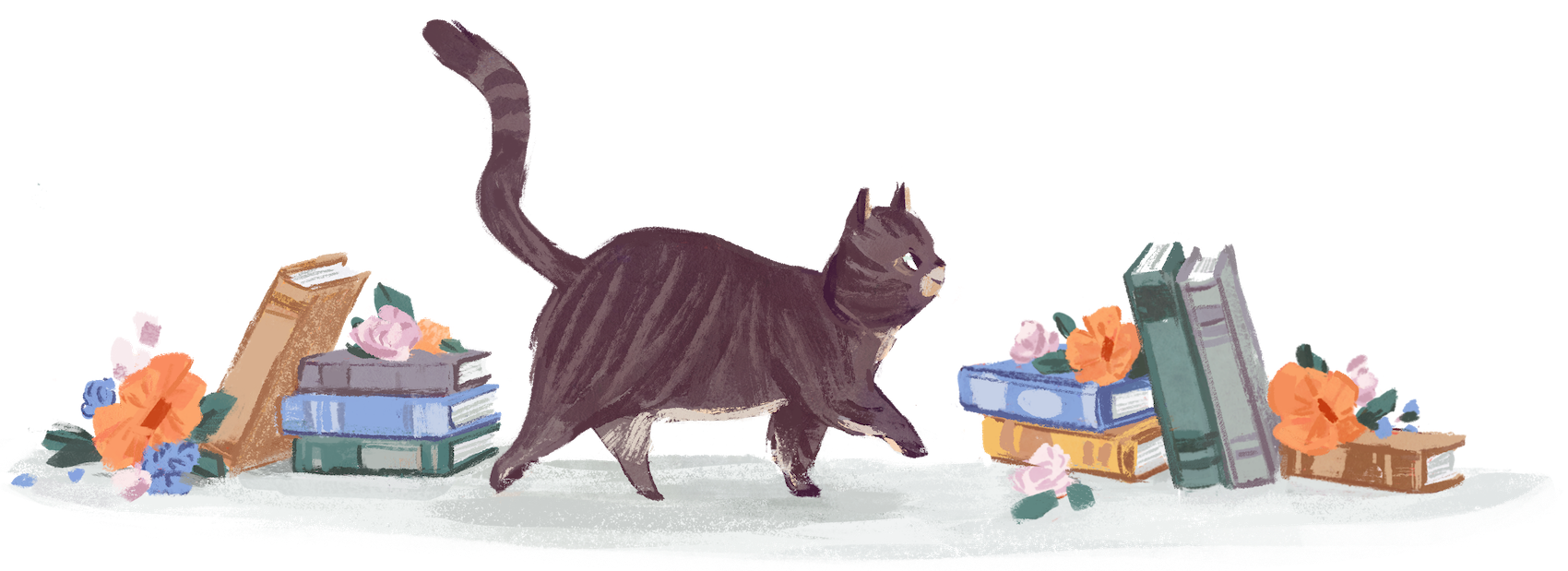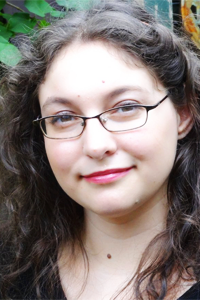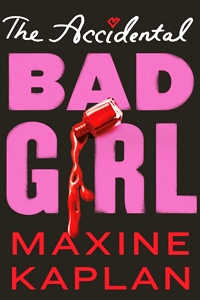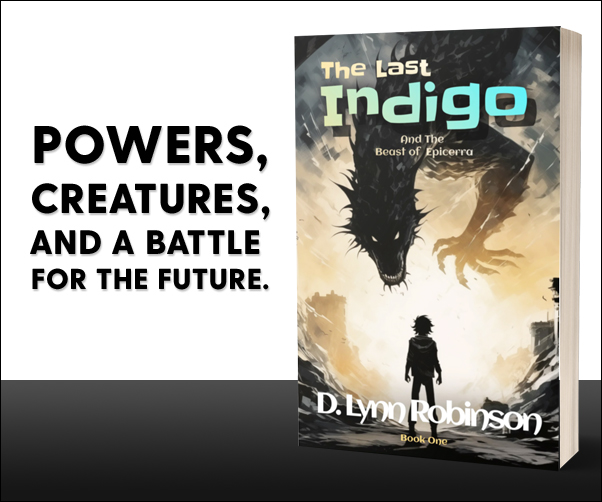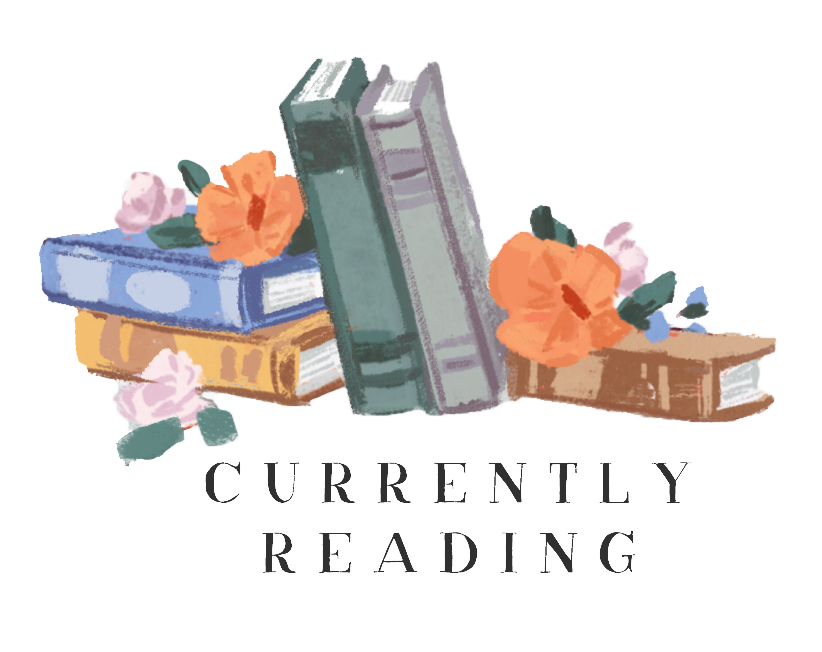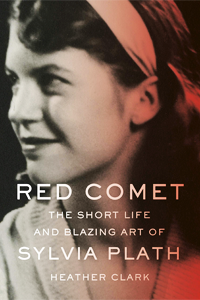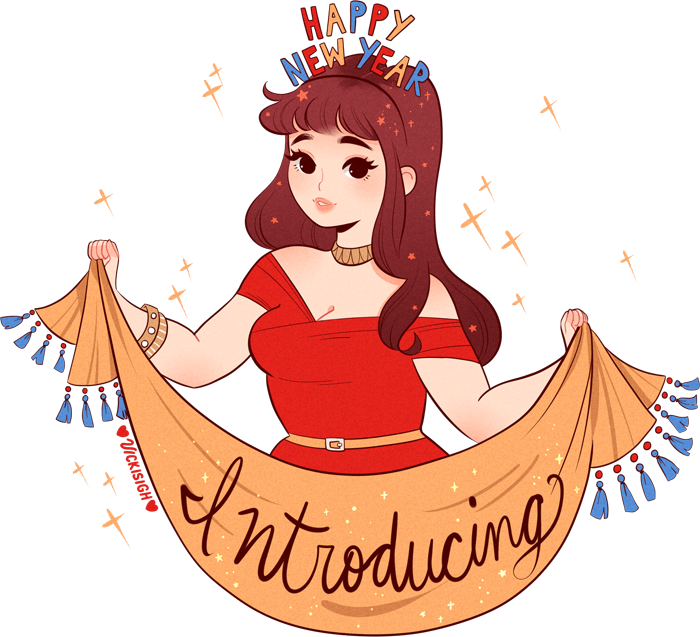
New Kids On The Block is a year-long series on Pop! Goes The Reader meant to welcome and celebrate new voices and debut authors in the literary community.
Are you a debut author whose book is being published in 2018? It’s not too late to sign-up! If you want to participate in New Kids On The Block this year, please don’t hesitate to get in touch! You can send a tweet or DM on Twitter to @Pop_Reader or email me at Jen@PopGoesTheReader.com. I would love to collaborate with you!

About Maxine Kaplan
Maxine Kaplan was born in Washington, DC. She and her twin sister spent their early childhoods trotting behind their journalist parents as they traveled around the world, eventually settling in Brooklyn, NY. Maxine graduated from Oberlin College in 2007. Following a long stint in the world of publishing, she has worked as a private investigator since 2009. She lives in her adopted hometown of Brooklyn, NY, with her lovely husband and complex cat. The Accidental Bad Girl is her debut novel.
The Art & Science of the Femme Fatale
My first exposure to the trope of the femme fatale was via the great (if occasionally problematic) director Alfred Hitchcock. The movie was North By Northwest and the femme in question was Eve Kendall, simultaneously the film’s most potent antagonist and the source of its romantic tension. I reimagined her as Kendall Evans for my debut The Accidental Bad Girl.
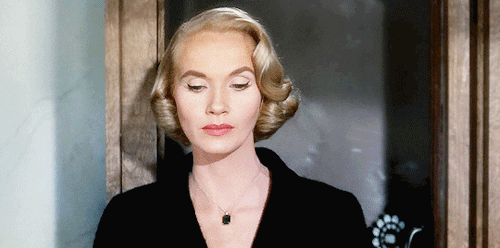
Ever since I saw Eve Kendall, at age eight, I have thought a lot about femme fatales. After intensive study (a.k.a. massive overconsumption of all forms of media), I have developed the following evolutionary taxonomy of the femme fatale:
1. The OG Femme Fatale – Exhibit: Becky Sharp (Vanity Fair)
So you know that shelf in your high school library just called “literature” with all the really old, dusty, boring books that were written before your grandparents were born? Yeah, that was where fifteen-year-old Max hung out. And, one day, literally because of the apparent anachronism of the title, I pulled out a book called Vanity Fair by William Makepeace Thackeray, originally published in serialized form in the Victorian-era Punch magazine, from 1847 to 1848. It follows the life of the lowborn and impoverished, but highly educated and canny AF Rebecca Sharp as she determinedly climbs her way up the social ladder with charm, seduction, deception, fraud, and even flat-out theft.
A quick note here: Becky, you guys. Oh my god. BECKY. If you saw the Mira Nair movie with Reese Witherspoon, you don’t even know. Becky is the smartest person in every room. She knows how to give everybody exactly what they want and then how to discard them efficiently when they how outlived their usefulness.
Becky is a talented musician and artist. She is attractive, but not classically beautiful. She has people she cares about, but not enough to deviate from her plan of world domination. Becky fails and comes back stronger. Becky makes the most out of every bad hand of cards. Thackeray follows the lives of the people she wrecks, but only rarely dips into Becky’s perspective. We don’t end the book in her head. She is the star, the catalyzing influence, but she is a supporting character in her own biography.
Pay attention, this will be important later.
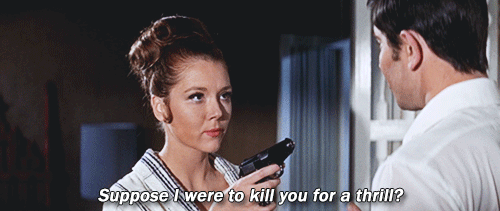
2. The Bond Girl – Exhibit: Seriously, every single Bond Girl. You know who I’m talking about. Let’s go ahead and say Pussy Galore.
So here’s a thing to know about me: I not only will watch any Bond movie, any day, I have actually read numerous of the original Ian Fleming Bond novels. Some of these characters are goddamn delights in their own right, but here’s what they all have in common.
The Bond Girls are sexy, but in a damaged way. They are sad, they like luxury, they are elegant, and they are doomed. While key to unraveling the plot, and involved in criminal activity, they are conflicted in their motivations, primarily due to romantic entanglement either with Bond or the villain of the piece. They themselves are not the villain of the piece. They mostly don’t survive.

3. The Noir Broad – Exhibits: Brigid O’Shaughnessy (The Maltese Falcon), Vivian Sternwood (The Big Sleep)
This type of femme fatale is probably the most iconic. They tangle duplicitously with private investigators or similar (but, seriously, mostly private investigators) and are generally truly guilty — I mean guilty of murder, but also of deceiving the lead with their feigned innocence and love.
These women are indelible because they are undeniably “bad,” but they are also loveable. They do not commit crimes out of cold calculation or banal greed, but out of madness, hysteria, or misplaced devotion. They are the focus, but they are not focused on. They never tell their stories until the end and the hero always walks away, worse for having loved them.
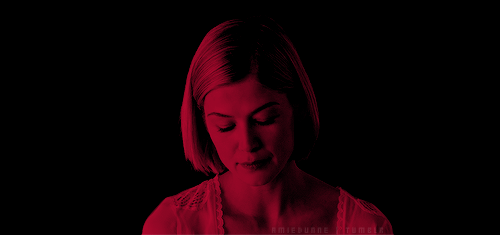
4. The Neo-Noir Wild Card – Exhibits: Harley Quinn (DC Comics), Amy Dunn (Gone Girl)
(Disclaimer: Harley Quinn is cheating, because Harley Quinn has evolved. Uniquely, even her creators’, the brilliant Bruce Timm and Paul Dini, have evolved their conception of her into a fully realized, pathos filled antiheroine. She’s extremely important and I could write an entire essay about her. That’s not what this is, but I could.)
The Neo-Noir Wild Card is unique because of the sheer delight she takes in wreaking havoc. The delight is infectious and she is therefore adorable. She is frightening, she is insane, she is hilarious, she is uncontrollable, and she is just human enough to convince you that she might stop being fatal. She is the cutest, and she is terrifying.
This is where we’ve landed in 2018 with the femme fatale: Harley Quinn was allowed to develop beyond her original brief because so many people — notably, especially in the still male-dominated comics field, so many women — responded to her in a way that was entirely unplanned and unexpected. Her rage and violence was contextualized, her heart and her motivations taken seriously, and her persona and personhood allowed to develop on its own terms. Amy Dunn, in contrast, was written by Gillian Flynn, as expert a writer of female rage as anyone ever has been, as an explicitly feminist counterpoint to the traditional domestic “wife-in-peril” narrative.
Harley Quinn started as existing only in relation to the Joker. Hell, he even named her. But she later got an instant classic retelling of her origin in Mad Love, from her perspective. A recent issue, by Amanda Conner and Jimmy Palmiotti, sees her finally beating the hell out of her puddin’ and leaving him to rot. It was instantly iconic. It was badass. Similarly Amy’s “cool girl” monologue was epic and stunning, turning her story into a sensation all women related to.
But Harley’s true, real-world origin will always be as a one-off sidekick to the Joker. She will never stop painting her face in homage. And who is Amy without Nick to f with? Where is her story without her marriage?
(I want to be clear: I LOVE all of the characters I’ve written above. I love them with all my heart. This is not to knock what’s come before.)
What do all of these dangerous women have in common? Their importance and/or success in a narrative are based on their ability to control, or their proximity to, a more important man. Their charm is primary, their rage explained away as madness, and, until recently, their pathos insignificant to the outcome of the story.
They are not the protagonists of their own story — not all the way through.
When you hear the phrase “femme fatale,” you instantly see these women in your head—the Veronica Lake wave, the knowing smile. They have some deep resonance in our experience of human nature. When I wrote The Accidental Bad Girl, it was because I wanted to know more about one of these women. Archetypes are archetypical for a reason, but, truly, I should not be able to use such a rigid taxonomy for such an indelible symbol of womanhood. These girls should not be so easy to put into little boxes, to codify.
Femme fatales are not just props for telling other peoples’ adventures. They are not just sex appeal, color, intrigue — set dressing. They have their own stories. And we deserve them.
The Accidental Bad Girl is my attempt.

Title The Accidental Bad Girl
Author Maxine Kaplan
Pages 384 Pages
Intended Target Audience Young Adult
Genre Contemporary, Realistic Fiction
Publication Date May 15th 2018 by Amulet Books
Find It On Goodreads ● Amazon.com ● Chapters ● The Book Depository
Kendall used to be a good girl.
That was before the entire senior class discovered her hooking up with her best friend’s ex. And before became an instant pariah, and vowed to keep her head down until she escaped her small Brooklyn private school for good.
But no such luck: She discovers her online identity has been hacked and she’s being framed for stealing a drug dealer’s stash. If she wants to repair her tattered reputation and save her neck, she’ll have to pretend to a be the bad girl everyone thinks she is. And the longer she plays the role of bad girl, the more it seems to fit.
Friends and enemies, detectives and drug dealers — no one is who they appear to be. Least of all Kendall.



